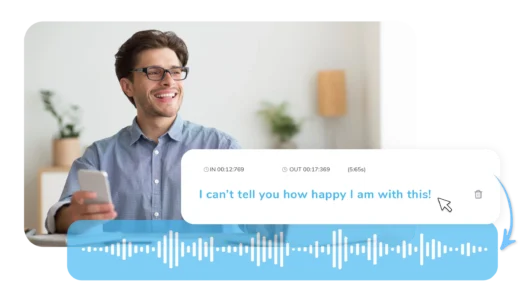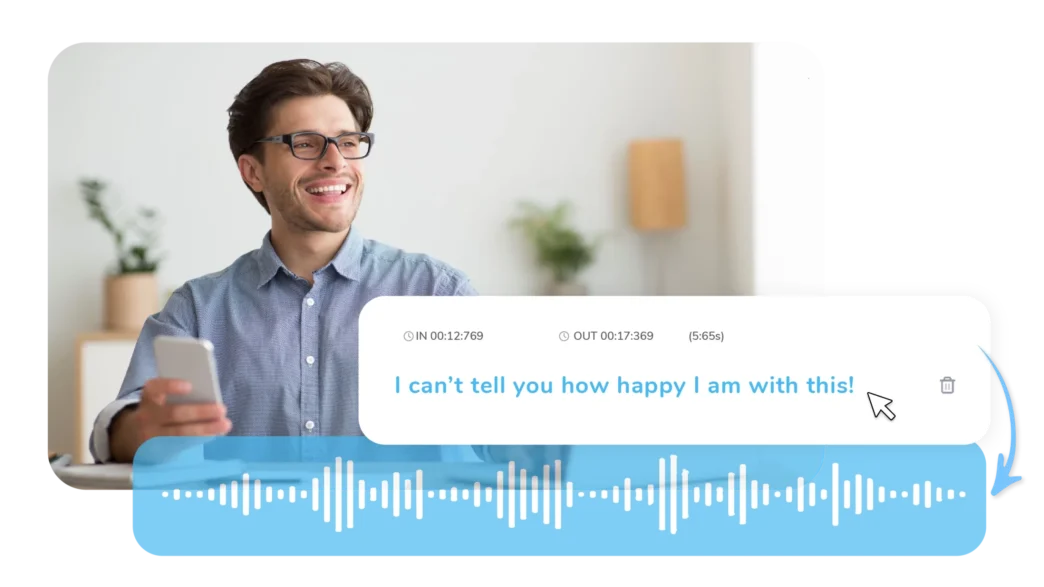YouTube has become the go-to platform for professional development, hosting millions of hours of training videos, webinars, and educational content that shape how modern teams learn. Yet this abundance creates a paradox: professionals drowning in valuable content they don’t have time to consume fully, while language barriers lock out non-native speakers from critical resources. AI-powered YouTube translators and summarizers are transforming this landscape by cutting through the noise. These tools deliver instant video summaries that distill hour-long presentations into digestible insights, while providing accurate translations across dozens of languages. For professionals who rely on video content for training sessions, client presentations, or team development, these technologies offer a competitive edge. Whether you’re a training manager needing quick reference materials, a team leader coordinating across global offices, or a consultant extracting insights from industry talks, AI solutions now make video content universally accessible and actionable in minutes rather than hours.
Why Professionals Need YouTube Video Summarizers and Translators
The average professional now faces an overwhelming 4.5 hours of recommended video content daily across work channels, yet most have barely 30 minutes to dedicate to learning. Training managers report that employees complete only 37% of assigned video modules, not from lack of interest, but sheer time scarcity. Meanwhile, multinational teams struggle with a different barrier: a recent survey of Fortune 500 companies revealed that 64% of training materials exist in only one language, leaving non-English speakers relying on incomplete understanding or costly manual translation services that take weeks to deliver.
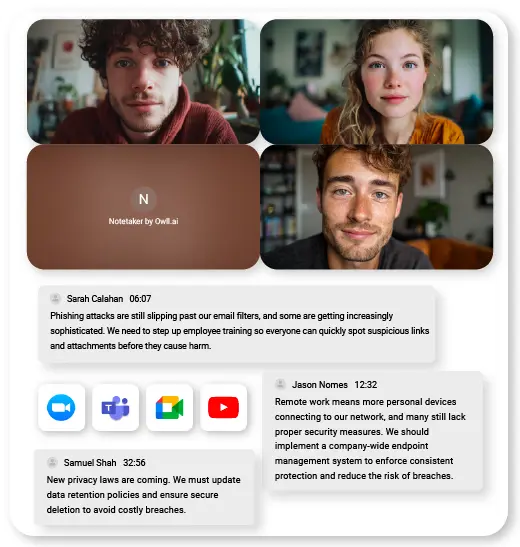
Consider a mid-sized tech company that discovered their quarterly product training videos—each running 90 minutes—had a 12% completion rate among international sales teams. After implementing AI summarization and translation tools, they condensed content into 8-minute multilingual summaries with timestamped references to full sections. Completion rates jumped to 89%, and sales teams could instantly reference specific product features during client calls. The financial impact proved substantial: what previously required 15 hours of a training coordinator’s time per video now took 20 minutes, while eliminating $3,000 monthly translation vendor costs. More critically, sales cycles shortened by an average of six days as teams accessed information precisely when needed. For organizations where video drives knowledge transfer, these tools don’t just save time—they fundamentally reshape how teams learn, collaborate, and execute across linguistic and geographical boundaries.
Core Technology Behind AI YouTube Translators
Speech Recognition & AI Transcriptions
Modern AI transcription systems use deep learning models trained on millions of hours of diverse audio, enabling them to convert spoken words into text with 95%+ accuracy even in challenging conditions. These systems employ acoustic modeling that distinguishes speech from background music, multiple speakers, and environmental noise—critical for real-world YouTube content where production quality varies wildly. Advanced algorithms now handle regional accents, technical jargon, and rapid speech patterns that once stumped earlier technologies. The process begins by breaking audio into phonetic segments, matching them against vast linguistic databases, then applying contextual analysis to resolve ambiguities. For professionals, this reliability means transcriptions capture specialized terminology from industry webinars or product demos without requiring manual correction, transforming inaccessible audio into searchable, editable text within minutes of uploading a video link. Platforms like Owll AI exemplify this advancement, processing video content with the contextual awareness needed to handle technical discussions and multi-speaker formats common in professional settings.
Natural Language Processing for Summarization
AI summarization relies on transformer-based models that analyze entire transcripts to identify semantic importance rather than simply extracting sentences. These systems evaluate multiple factors simultaneously: keyword frequency, sentence position, speaker emphasis patterns, and logical flow between concepts. The technology employs extractive methods that pull verbatim critical statements, combined with abstractive techniques that rephrase complex explanations into concise language—mimicking how a skilled human would distill information. Context-aware algorithms recognize when a speaker circles back to reinforce a point versus introducing new material, preventing redundant summaries. For a 60-minute training video, the system might process 9,000 words of transcript, map relationships between 47 distinct concepts, then compress this into a 300-word summary highlighting the five core takeaways with timestamps directing users to detailed explanations. This compression maintains logical coherence while eliminating filler content, tangential discussions, and repetitive examples that pad typical presentations.
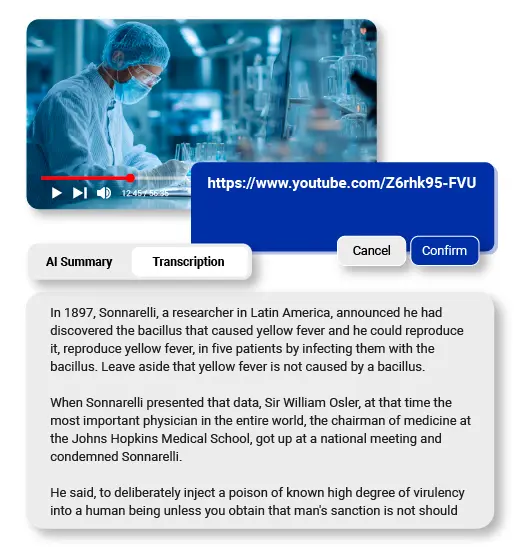
Neural Machine Translation Engines
Neural machine translation systems process entire sentences as unified contexts rather than word-by-word substitutions, capturing nuances that make translations feel natural to native speakers. These networks learn from billions of parallel text examples across language pairs, developing an understanding of idiomatic expressions, cultural references, and domain-specific terminology. The technology employs attention mechanisms that weigh which source words most influence each translated word—crucial for languages with different grammatical structures like English to Japanese. Advanced systems now incorporate specialized training for business, technical, and educational content, ensuring that phrases like “customer churn” or “API endpoint” translate accurately rather than literally. For YouTube content, this means a German engineer watching an English software tutorial receives translations that preserve technical precision while adapting explanations to German communication norms. The process happens in real-time, with modern engines translating 150 words per second while maintaining contextual accuracy across paragraphs—enabling professionals to access global knowledge resources as naturally as content in their native language.
Essential Features of Professional YouTube Video Tools
Professional-grade YouTube tools distinguish themselves through comprehensive language coverage, with leading platforms supporting 50+ languages from Spanish and Mandarin to niche options like Finnish or Vietnamese—essential for organizations with distributed global teams. The best systems offer customizable summary formats tailored to different use cases: bullet-point lists for quick team briefings, paragraph summaries for detailed reports, and timestamped breakdowns that link each key point to its exact video moment, enabling users to dive deeper when needed. Export flexibility proves critical in real workflows, with robust tools providing plain text for email distribution, formatted PDFs for training manuals, and structured data formats like JSON for integration into knowledge bases. Speaking of integration, seamless connectivity with learning management systems, Slack channels, and collaboration platforms transforms these tools from standalone utilities into embedded workflow components—automatically posting summarized insights to team channels or populating course materials. Speed benchmarks matter when deadlines loom: top-tier solutions process a 45-minute video in under 90 seconds, delivering both transcript and multi-language summary before a coffee break ends. Additional professional features include speaker identification for panel discussions, technical terminology databases that ensure industry-specific accuracy, and batch processing capabilities that handle entire video libraries overnight, making comprehensive content audits feasible for the first time.
Step-by-Step Guide: Solving Professional Needs
Summarizing Training Videos for Quick Reference
Start by selecting a tool that balances speed with accuracy—prioritize platforms offering customizable summary lengths and timestamp features rather than generic condensers. Copy the YouTube URL of your target video and paste it into the tool’s input field, ensuring the video has captions enabled for optimal processing. Within moments, the system generates a preliminary summary; review this output and adjust the compression level based on your need—set it to “detailed” for technical training requiring nuance, or “brief” for high-level overviews. Most professional tools allow you to toggle between formats: request bullet points for team handouts, paragraph summaries for email updates, or timestamped breakdowns that let colleagues jump directly to relevant sections. Export the finalized summary as a PDF for training manuals, plain text for quick Slack posts, or formatted documents for your knowledge base. Create a standardized template by saving preferred settings—summary length, format style, and export type—so future videos process consistently. For recurring training series, batch-process entire playlists overnight, waking to a library of searchable reference materials that transform hours of video into scannable guides employees actually use during live work scenarios.
Translating Content for Diverse Teams
Begin by identifying which languages your teams require—survey actual usage patterns rather than assuming, as you might discover unexpected needs like Portuguese for a Brazilian vendor team. Input your video URL and select all target languages simultaneously if your tool supports batch translation, saving significant time over sequential processing. Generate translations and immediately review technical terminology accuracy by spot-checking three to five industry-specific terms; most professional tools allow you to build custom glossaries that ensure “API gateway” doesn’t become “application door” in future translations. Apply timestamped translations strategically—rather than translating entire 60-minute videos, focus on the critical 12-minute segments your summary identified, reducing costs while maximizing impact. Before distribution, have a native speaker from each language group verify one translated video to catch cultural misinterpretations or awkward phrasing that automated systems occasionally produce. Distribute multilingual versions through your existing channels: upload translated transcripts as YouTube captions for the original video, attach summary PDFs to calendar invites for global meetings, or post language-specific versions in dedicated Slack channels. Establish a feedback loop where team members flag translation issues, feeding this data back into your custom glossary to continuously improve accuracy for your organization’s unique vocabulary and communication style.
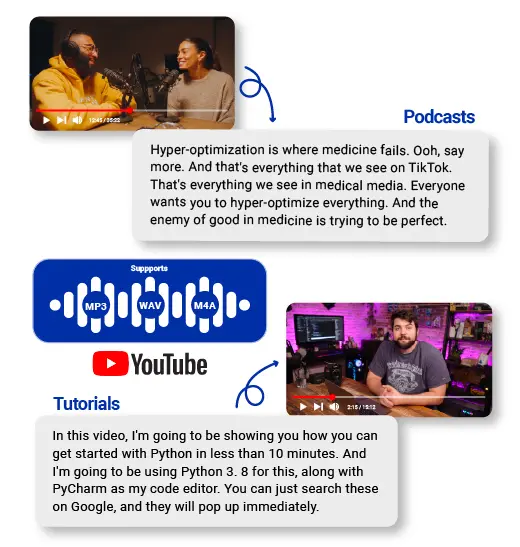
Real-World Benefits for Professionals
Time reclamation represents the most immediate benefit, with professionals reporting an average 6.5 hours saved weekly by reviewing summaries instead of full videos—time redirected toward client work, strategic planning, or deep-focus tasks that drive career advancement. Knowledge transfer becomes remarkably consistent when teams work from identical summaries rather than individual interpretations of lengthy videos; a pharmaceutical company found that post-training assessment scores improved 23% after standardizing on AI-generated reference materials that eliminated the variability of who watched which sections carefully. Inclusivity transforms from aspiration to reality as non-native speakers gain equal access to training resources—one European logistics firm discovered that employee engagement scores among their Polish and Romanian teams jumped 41 points after implementing multilingual video translations, directly correlating with a 19% increase in process compliance. Presentation efficiency multiplies when executives can extract key data points from competitor webinars or conference talks in minutes, arriving at client meetings with fresh insights that position them as industry authorities. The ROI calculates compellingly: organizations processing just ten training videos monthly save approximately 47 labor hours while eliminating $1,200-$2,400 in traditional translation costs, with productivity gains from faster knowledge application adding exponential value that typical time-tracking fails to capture but quarterly performance reviews consistently reveal.
Transform Your Video Content Strategy Today
AI-powered YouTube translators and summarizers have evolved from experimental tools into essential infrastructure for modern professionals navigating information overload and global collaboration. These technologies solve the dual challenge of time scarcity and language barriers that once forced teams to choose between comprehensive learning and operational efficiency. By delivering accurate summaries in minutes and translations across dozens of languages, AI empowers training managers to scale knowledge transfer, enables consultants to extract competitive intelligence rapidly, and gives multinational teams equal access to critical resources regardless of linguistic background. As neural networks continue advancing, expect even greater contextual understanding, real-time processing during live streams, and seamless integration into the collaboration platforms where work actually happens. The competitive advantage no longer belongs to organizations with the most content, but to those who can transform video libraries into actionable intelligence fastest. For professionals serious about leveraging YouTube’s vast knowledge repository, the question isn’t whether to adopt these tools—it’s how quickly you can integrate them into daily workflows before competitors do. Start with one high-impact use case, measure the time reclaimed and knowledge gained, then expand systematically across your content ecosystem with a youtube video translator.

